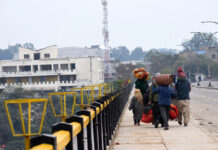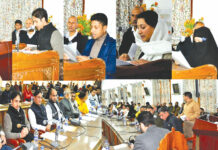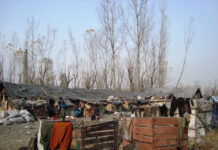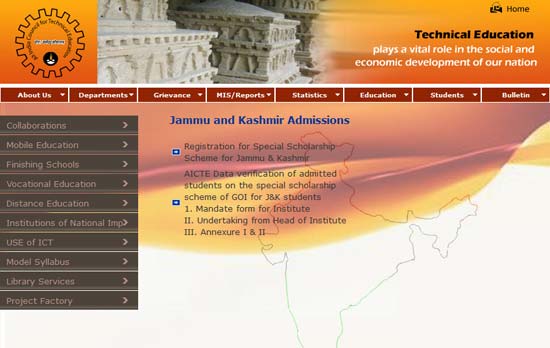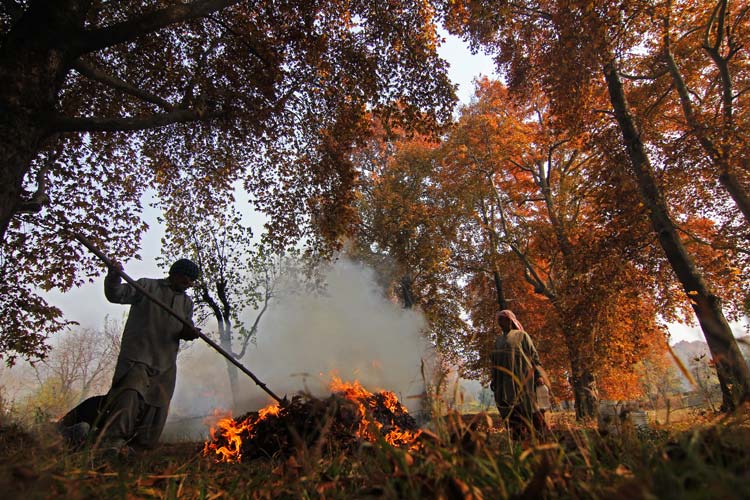Apparently there are no records to make a comparison in Kashmir’s recent weather history. But the 30-hours windstorm did prick many vulnerabilities of a society that otherwise is prone to natural disasters, a Kashmir Life report

High speed winds are not new to Kashmir. When the winds picked up a bit of speed on March 19, people talked about the onset of spring because cool winds dominate the Kashmir springs and people know it as tsuount hawah – the spring breeze. Usually windstorms in Kashmir have rarely lasted an hour. Every locality across J&K has such instances – Handwara in 2009, Khour (Jammu) in June 2009, Rajouri in May 2011 and countless instances in Srinagar. But this storm proved different.
“We actually do not have any earlier such records,” an official in Srinagar’s Meteorological Centre said. “The average speed is nearly 30 knots (55 kms per hour) and it peaks momentarily to 40 knots,” he said. Earlier instances had much more speed but less duration.
Even the elderly people don’t remember any instance where speedy winds sustained for such a long time – nearly 30 hours. “Nobody in Srinagar slept for one night,” said Zafar Ahmad, a resident of old city. Occasional shrieks and cries for help by families whose roofs were taken off by the winds was the only human intervention in a night dominated by winds, dirt and frightening echoes.
“My kids could not sleep throughout the night because of scary sounds,” an old city housewife said. Rooftops of two neighbouring houses coming off due to winds added to the scare, she said. “People wanted to help but could not venture out as razor-edged tin sheets flew around,” she said.

For police, the most hectic activity was the “rescue” of tourists staying in houseboats. Though not many of these boats sunk, the visitors were frightened by the jolting and rattling of the houseboats. Police “rescued” more than 1000 tourists.
Officially, three persons are dead. While two men died because of trees falling on them, a two-year old baby died because of his inability to breathe as he was caught in speedy winds in his courtyard. Around 29 persons were injured and most of them needed first aid. Since the winds had a speed of more than 40 knots, J&K government has already declared the cyclone a calamity. All cyclones crossing 35 knots are classified as calamities.
It is the outcome of the shallow westerly waves as a result of which a low pressure area got created in Kashmir,” an official in met office said. They hope the dust will settle this week when the right precipitation will trigger showers.
Wind speed, conventional logic suggests, is totally based on atmospheric pressure at two close locations. Winds move from high air pressure location to a low air place and that is exactly what happened in Kashmir last week. With more pressure difference, the winds move faster.
However, nobody is asking, why the Met department failed to predict it? And the media savvy disaster management cell also failed in its duty!


